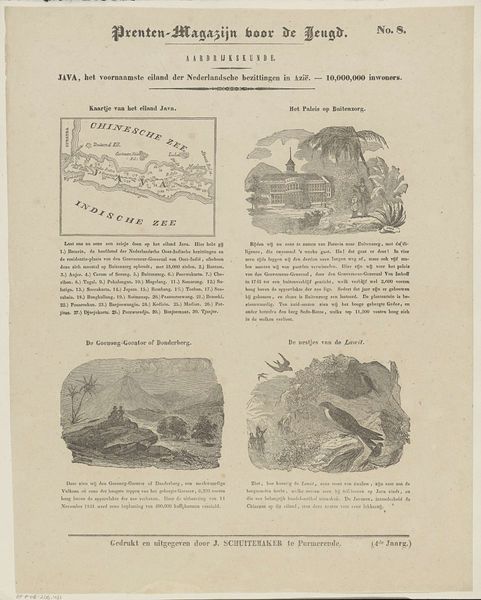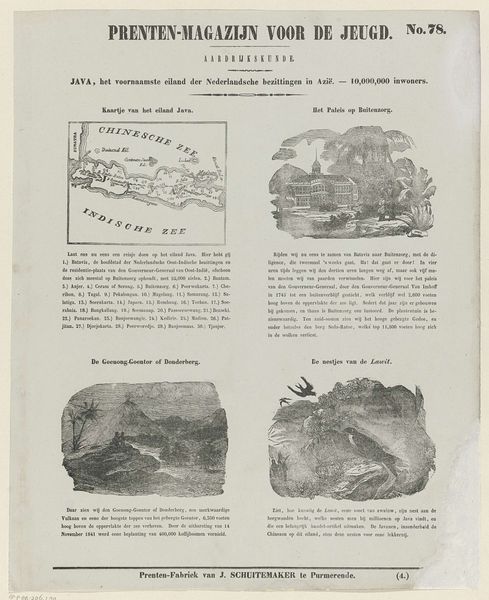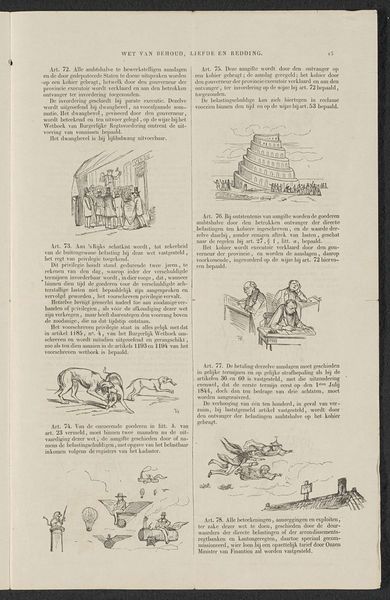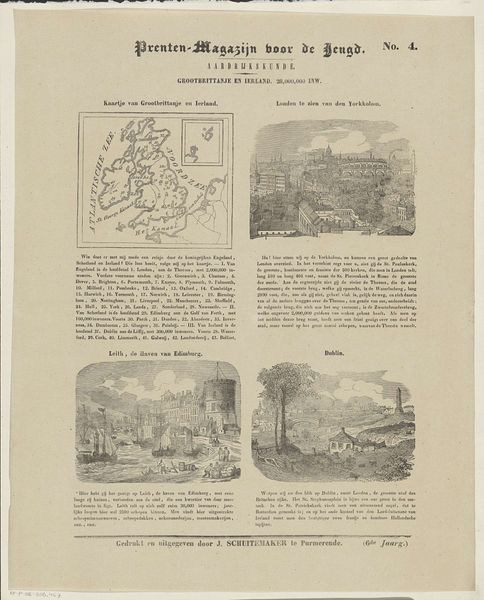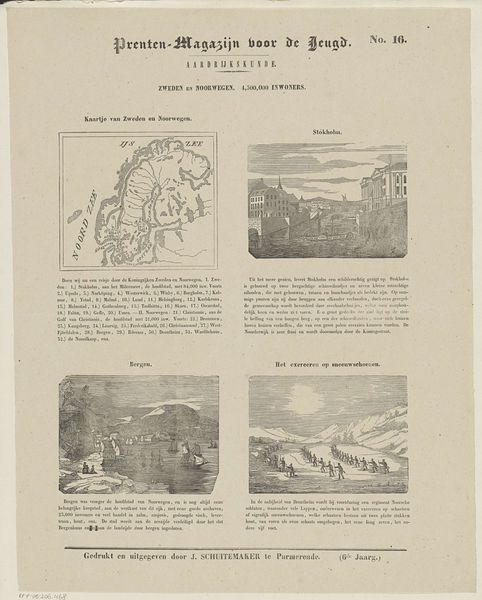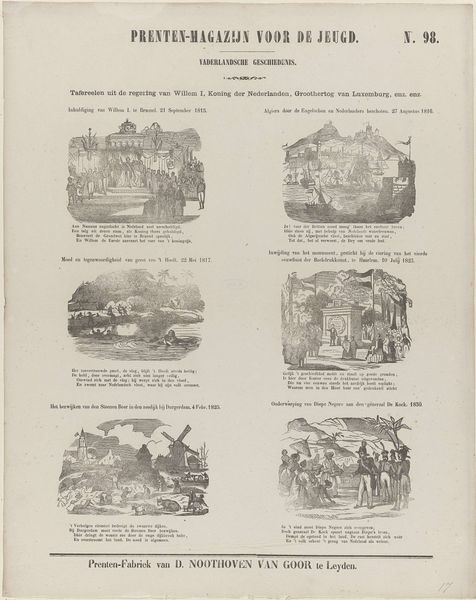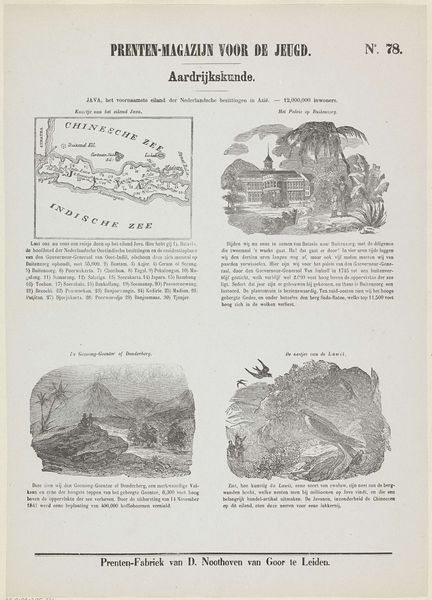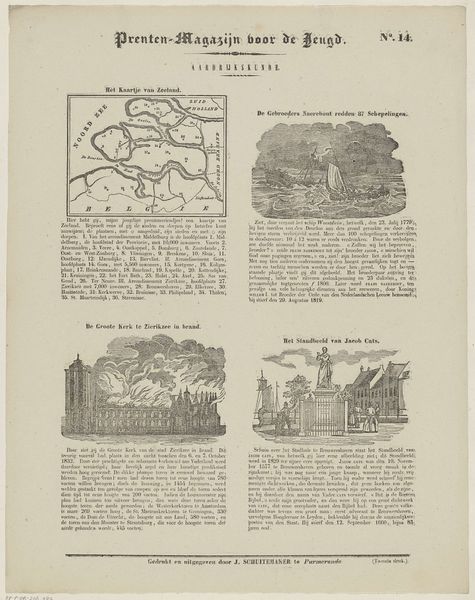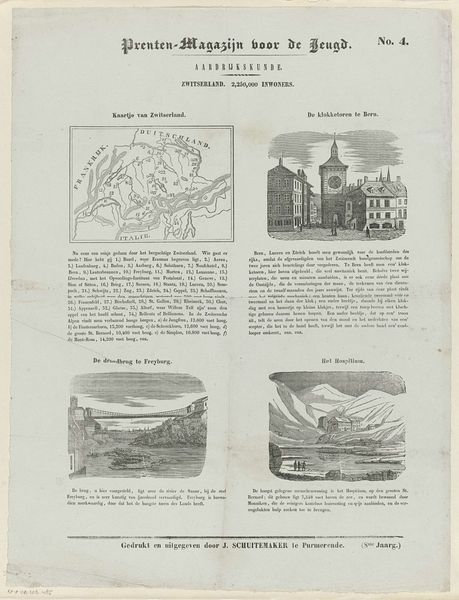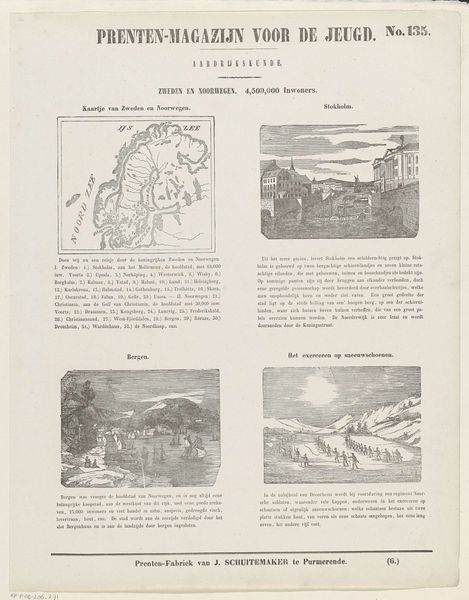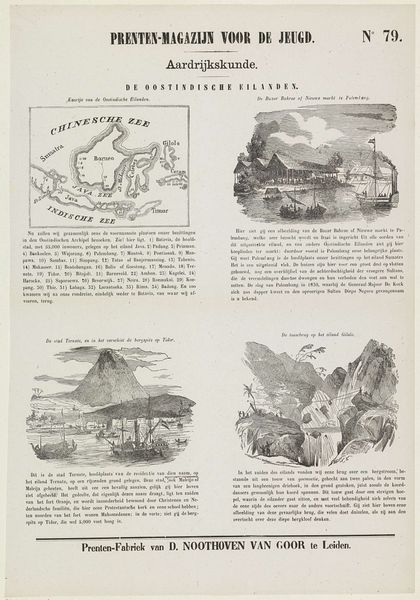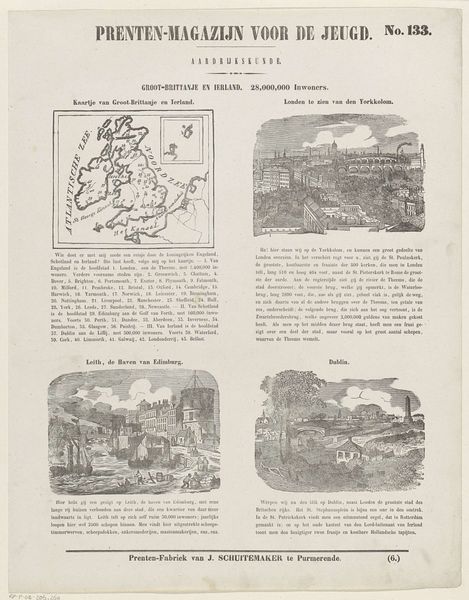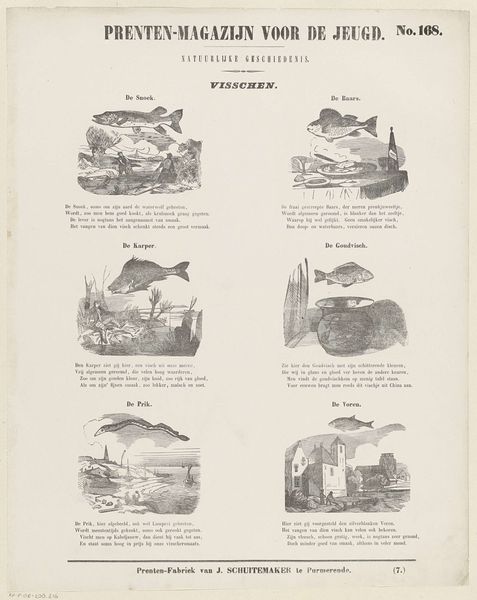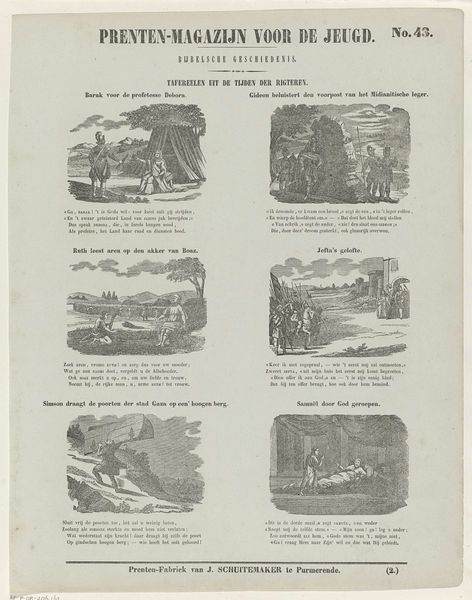
graphic-art, print, engraving
#
graphic-art
# print
#
asian-art
#
landscape
#
romanticism
#
cityscape
#
engraving
Dimensions: height 429 mm, width 339 mm
Copyright: Rijks Museum: Open Domain
Curator: Looking at this fascinating print, entitled "De Oost-Indische eilanden," made in 1845, we get a glimpse into how the Dutch understood their colonial holdings. It's a collection of cityscapes and a map, all rendered with intricate engraving. Editor: My first impression is the contrast between the detailed illustrations and the flatness of the overall image. It feels mass-produced, utilitarian almost, like something intended for wide distribution rather than an art object meant for a gallery. The medium really underscores the message: easily reproducible views intended to popularize these exotic places. Curator: Exactly. This print appears as an illustration within an educational magazine, focusing on geography, which emphasizes its propagandistic purpose. The picturesque scenes and map together create a sense of comprehensibility and control. Each vignette focuses on settlements with productive relationships with the colonizing nation. Editor: I see your point. The visual language evokes romanticism. There's an emphasis on topographic forms, using dense, expressive engraving lines. Even the figures feel secondary to the setting itself; labor and raw materials are far less represented. Curator: The artist, Jan Schuitemaker, deliberately uses landscape to present a specific narrative, a safe and exploitable territory. This idealized view elides any discussion of the true realities of colonization. Schuitemaker printed and distributed this material, so the imprint of these colonial powers is literal, here. Editor: So, it's the material reality of production—the cheap paper, the relatively quick process of engraving—combined with this strategic visual language, designed to cultivate public support. Even a simple image, produced en masse, is doing material work within this colonial structure. It naturalizes this extraction of resources in every sense, from land and labor to cultural and artistic appropriation. Curator: Yes, considering both the image’s context and materiality really allows us to unpack the complex layers of its social function and meaning. Editor: It makes you reconsider those pretty images, knowing they played a vital role in a broader system.
Comments
No comments
Be the first to comment and join the conversation on the ultimate creative platform.
